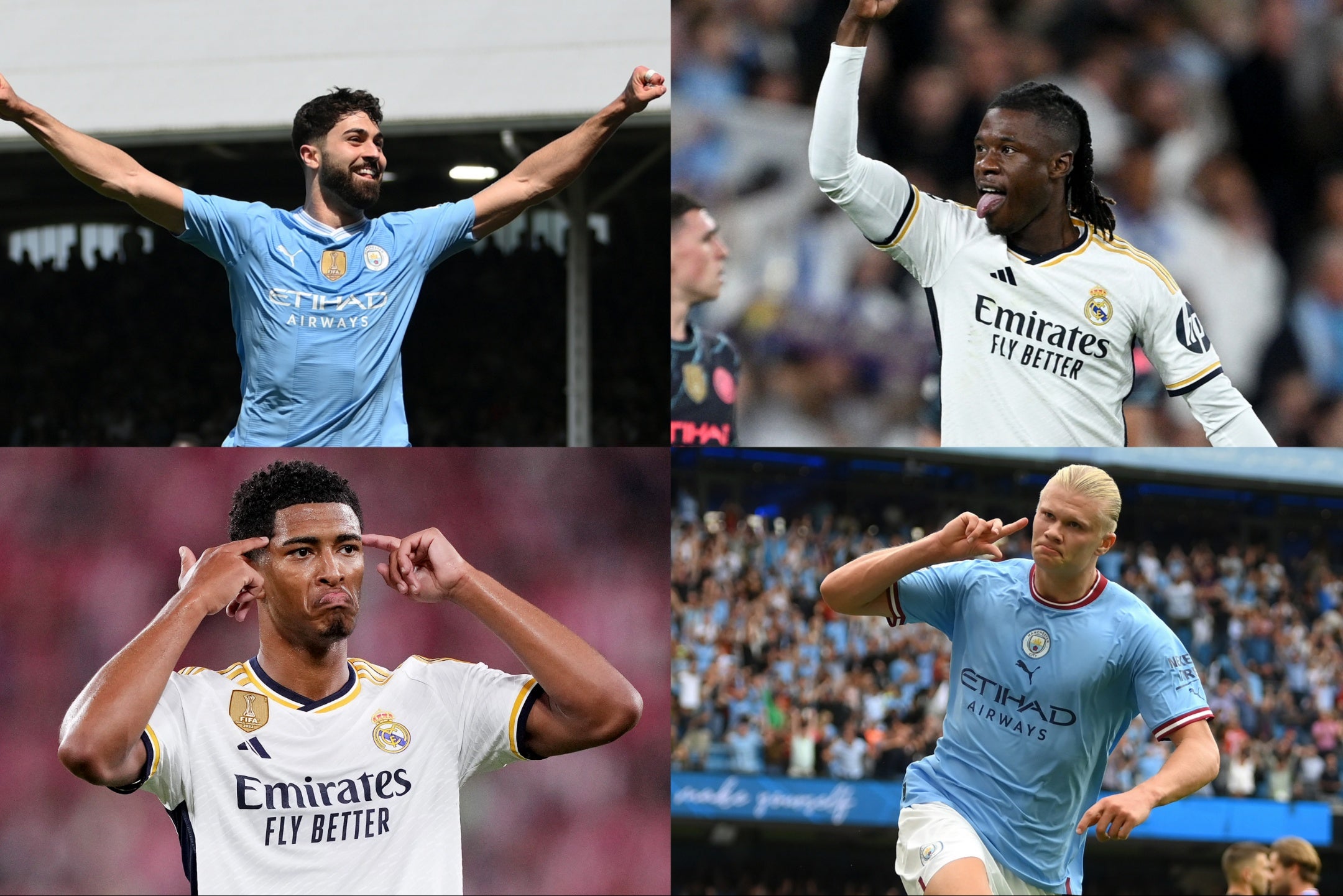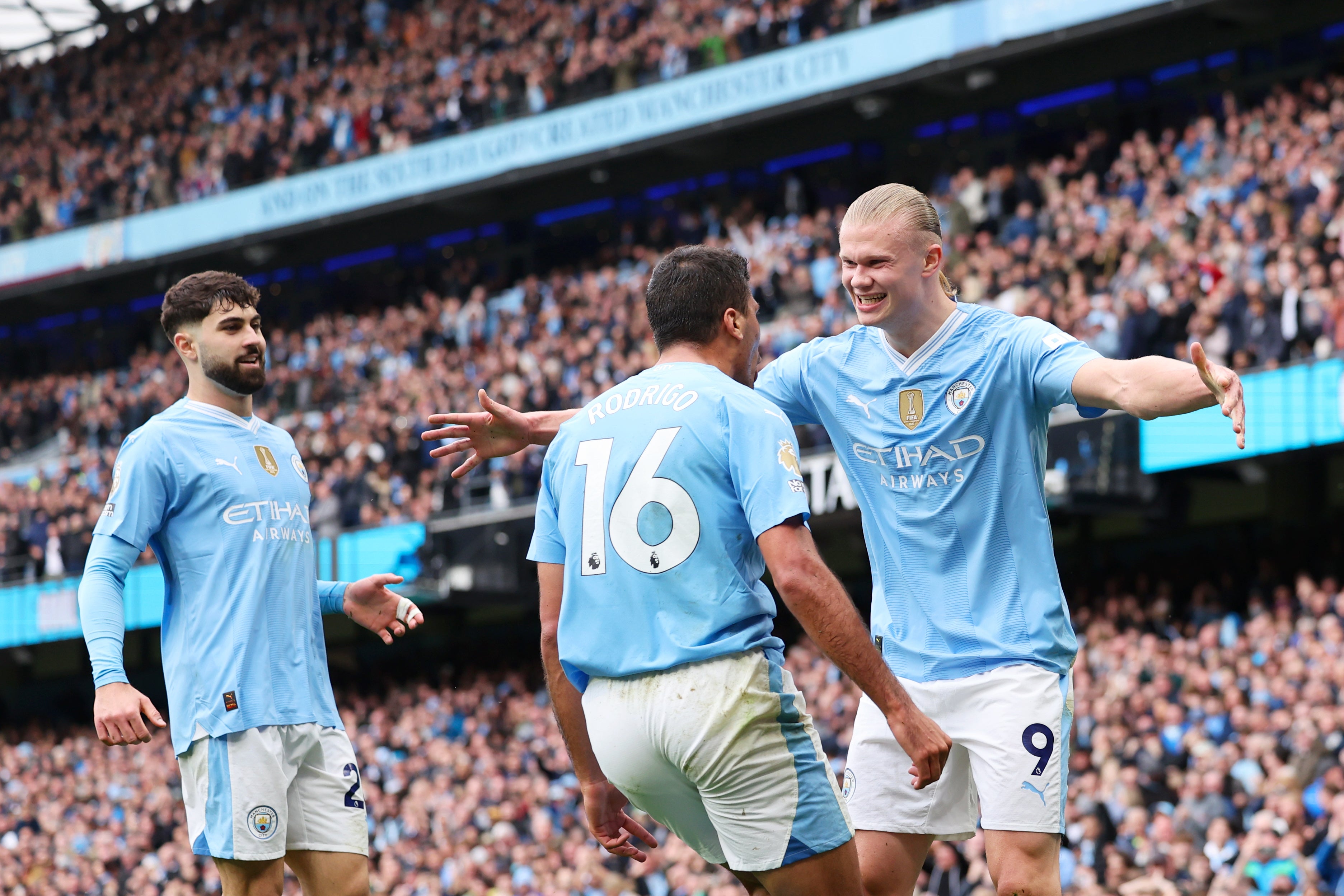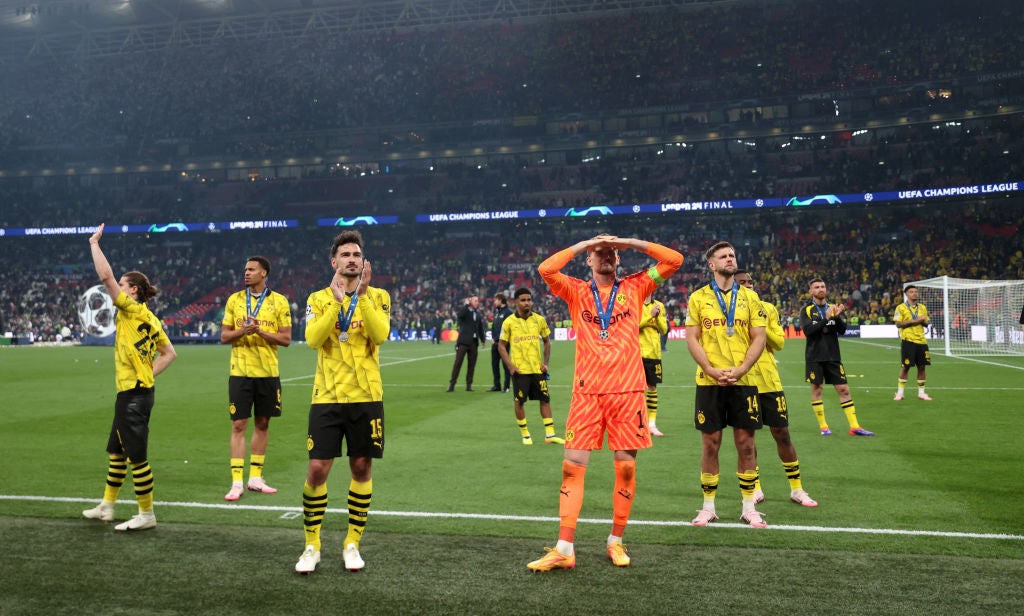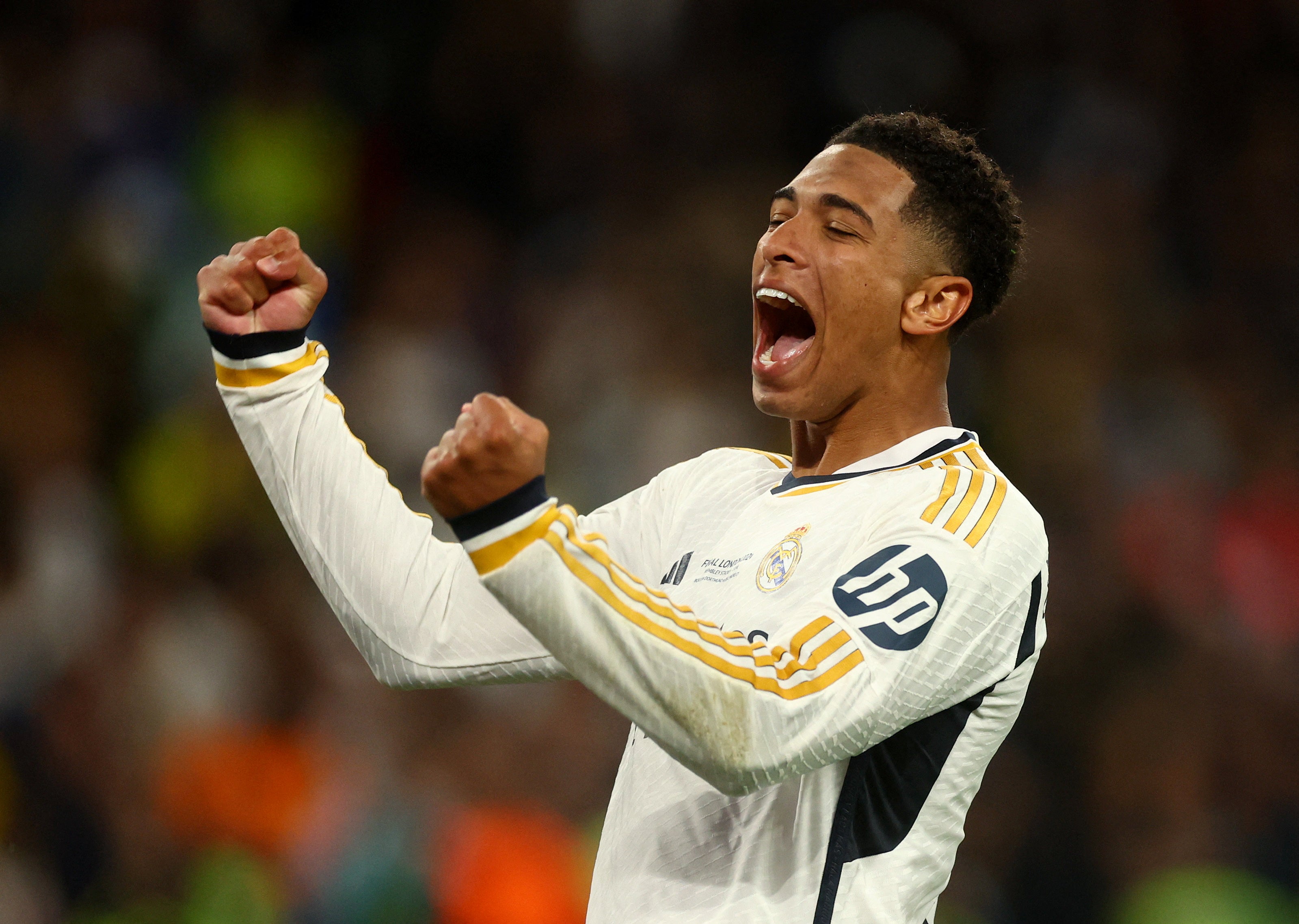The transfer market has changed – and football will never be the same again
The whole market has been upended with the biggest change for decades but as Miguel Delaney explains, it has largely flown under the radar


Your support helps us to tell the story
From reproductive rights to climate change to Big Tech, The Independent is on the ground when the story is developing. Whether it's investigating the financials of Elon Musk's pro-Trump PAC or producing our latest documentary, 'The A Word', which shines a light on the American women fighting for reproductive rights, we know how important it is to parse out the facts from the messaging.
At such a critical moment in US history, we need reporters on the ground. Your donation allows us to keep sending journalists to speak to both sides of the story.
The Independent is trusted by Americans across the entire political spectrum. And unlike many other quality news outlets, we choose not to lock Americans out of our reporting and analysis with paywalls. We believe quality journalism should be available to everyone, paid for by those who can afford it.
Your support makes all the difference.When Manchester United’s new hierarchy sat together after Sir Jim Ratcliffe’s purchase of a minority stake, one of the first and easiest decisions was over recruitment. The late August purchase of a 30-year-old like Casemiro was cited as the type of deal they’d never do again, and the way that was discussed is known to have aggravated the Brazilian. There was much more to the stance, however, than just Casemiro's profile or performances. United were also seeking to follow “best practice”. They were going to copy the transfer philosophies of the two leading clubs in the game right now – Manchester City and Real Madrid.
It is now very rare that either of those two, who were also the last two Champions League winners, spend significant money on players over the age of 23. Most of their recent high-profile signings for fees have been exactly along these lines, be that a 21-year-old Josko Gvardiol, a 19-year-old Jude Bellingham, a 21-year-old Erling Haaland or an 18-year-old Eduardo Camavinga. These are for reasons of tactics as well as long-term strategies. Younger players are more suited to the intense pressing that dominates the modern game and also means clubs are investing in the next best talent.
That points to something more in this, that will have far greater consequences than how the biggest teams look. Liverpool have also operated with this approach for years, while Chelsea are now taking it to extremes, having been influenced by Brighton. The latter were themselves greatly shaped by Dan Ashworth, who was also responsible for the prior “model club” policy at Brighton, and will imminently dictate ideology at Old Trafford.
That shows this is much more than United finally doing what the best-performing clubs do. It is also an inevitable follow-on of City and Madrid themselves doing what the most overachieving clubs did.
If the approach sounds familiar, it is of course because this is what all of Borussia Dortmund, Sevilla, Lyon, Porto and Southampton specialised in for years. The wealthiest clubs have eventually appropriated that approach but naturally been aided by even better analytics.
Except, it is no longer “buy low, sell high”. It is now “pay a high fee for a low age profile, with low wages to match, in the hope of high development – and trophies”.

Its significance has almost gone under the radar but it is arguably the most consequential transfer development for decades because it upends the entire market. The old rules from even 10 years ago, let alone Real Madrid’s signing of a 29-year-old Zinedine Zidane 23 years ago, have been totally overturned.
The effects of this in the international game were already explored on these pages during Euro 2024, where they have resulted in the dominant players at tournaments now being in their early twenties. Many of the reasons for that are naturally the same, since it’s partly about the dominance of pressing and the need for energetic players who have internalised the psychological demands through their academy coaching.
The consequences are likely far greater, though. It’s not just that the strongest teams become younger. It’s that swathes of clubs have had their philosophy, and even their unique selling point, taken from under their feet. The Champions League runners-up offer a telling example. Dortmund’s great virtue used to be that they could guarantee the most talented young players a lot of game-time, offering a clear pathway to the highest level. It was why Haaland and Bellingham both went there, rejecting Manchester United among a number of other clubs. Now, many wealthier clubs are willing to offer the same minutes. Real Madrid are one of them, offering young talents an even quicker pathway.
By the same token, what good is buying low to try and sell high if wealthier clubs just try and undercut you? Who can you even sell to?

Porto illustrate a different side of the issue to Dortmund. For over two decades, they have been a gateway club to Europe for South American players. Many of the best got valuable minutes in Portugal's Super Liga and the Champions League before making the leap. Now, they miss out on players to City, who have specifically targeted Argentina as a source of talent. Julian Alvarez is a typical example, where he would previously have gone to Portugal first in the exact same way that Angel Di Maria did.
Now, all of these clubs have to adapt around wealthier rivals encroaching onto their space. A clever model that previously defined the market has now been totally outmanoeuvred. This isn’t to say that these clubs like Porto and Dortmund should have had a monopoly on that, of course. They were just applying the same capitalist forces to poorer clubs further down the chain but that’s kind of the point. It all goes much further. Football figures in countries like Brazil complain about how they’re losing players even younger than before. It is where multi-club models, that allow crossing of borders to stay within national laws on movement of talent, becomes an even greater issue.
This feeds into far bigger debates regarding concentration of talent and disparity of resources in the game, since it now feels like there is even less space for those outside the super clubs to move. That's nevertheless where some of this could be interesting and lead to some unexpected developments.
The trend doesn’t just upend the market, after all. It also upends the previous norms of a playing career. It used to be the case that players would gradually build until they could expect their highest wage in their late twenties. That was one reason why clubs like Dortmund and Lyon went younger in the first place.
Now, it could be that only the top bands of players continue to earn at an escalating level right through their careers. A whole strand will instead be dispensable, and likely replaced by younger and cheaper “pressing drones” – as coaches now describe them – that academies are currently churning out.

Some agents have even openly admitted it was why their mid-twenties players accepted offers from the Saudi Pro League last season because of the awareness their pay would likely plateau elsewhere.
And yet every such trend in a market will also create openings and opportunities elsewhere. If the wealthiest clubs go younger, it means mid-tier clubs or lower might be able to develop cannier squads based on older players. There was already a sign of it with Dortmund themselves in getting to that Champions League final. They were filled with, well, cast-offs who had something to prove.
It could lead to a lot of big European names having teams like those in Serie A in the 2000s, that occasionally looked like ad-hoc mixes and matches of available players, but there can be a different kind of value to that, too. Other virtues will present themselves.
A Casemiro might not be able to go to a club of United’s wealth like that in future. But a similar good season for a team on the level below could prove transformative.
The trend has already transformed the transfer market, and we probably haven’t seen anything close to the full effects yet.
Join our commenting forum
Join thought-provoking conversations, follow other Independent readers and see their replies
Comments